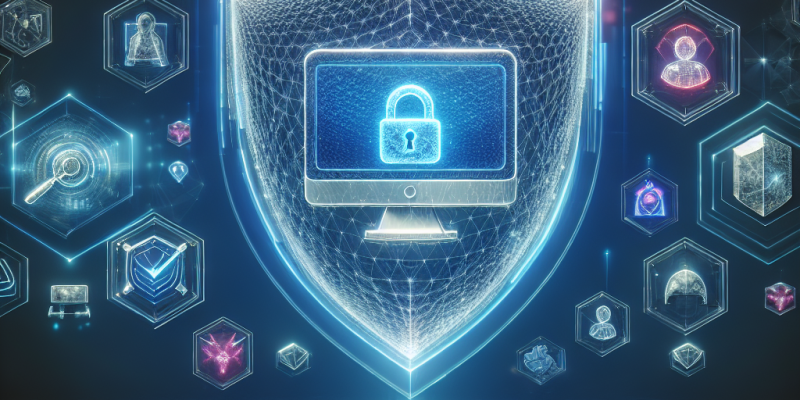Future-Proofing Against Phishing: Tips for 2025 and Beyond

As we move closer to 2025, phishing attacks are becoming more sophisticated and harder to detect. Phishing is a type of online scam where attackers trick individuals into sharing sensitive information, such as passwords and bank details. To stay safe, it’s important to know how to protect yourself. Here are some useful tips to future-proof against phishing.
1. Stay Informed About Phishing Trends
Phishing tactics are always changing. In 2025, we see more use of advanced technologies, like artificial intelligence, to make fake messages appear more real. Stay updated on the latest phishing scams by following cybersecurity news. Educating yourself about common tactics can help you spot phishing attempts more quickly.
2. Use Multi-Factor Authentication (MFA)
Multi-factor authentication is a great way to add an extra layer of security to your online accounts. Even if a hacker obtains your password, they will also need a second form of verification, like a text message code or an authentication app. Make sure to enable MFA on all accounts that offer it.
3. Verify Email Addresses and Links
Before clicking on links or opening attachments, take a moment to check the sender’s email address. Cybercriminals often use addresses that appear similar to legitimate ones. Hover over links to see where they lead before clicking. If something looks suspicious, it’s best to avoid it.
4. Use Antivirus Software
Good antivirus software can protect your devices from malware and other dangerous software. Make sure to keep it updated regularly to defend against new threats. Many antivirus programs also include features that warn you about suspicious websites and phishing attempts.
5. Educate Yourself and Others
The best defense against phishing is knowledge. Regular training for yourself and your team can significantly reduce the chances of falling victim to a scam. In 2025, many companies are investing in cybersecurity training that includes real-life scenarios to help employees recognize phishing attacks.
6. Keep Software Updated
Ensure that your operating system and applications are up to date. Software updates often include security patches that protect against known vulnerabilities. Schedule regular updates or enable automatic updates to keep your devices secure.
7. Be Cautious on Social Media
Phishers often gather information from social media to create more convincing messages. Be careful about the personal information you share online. Adjust your privacy settings, and think twice before accepting friend requests or following unknown accounts.
8. Report Suspicious Activity
If you receive a suspicious email or message, report it to your email provider or the company being impersonated. By reporting these messages, you can help raise awareness and potentially prevent others from becoming victims.
Conclusion
As technological advancements continue, so do the methods used by cybercriminals. By staying informed, training regularly, and adopting good security habits, you can protect yourself against phishing attacks in 2025 and beyond. Remember, cybersecurity is a shared responsibility, and the more we learn and practice safe online behaviors, the safer we will all be.














